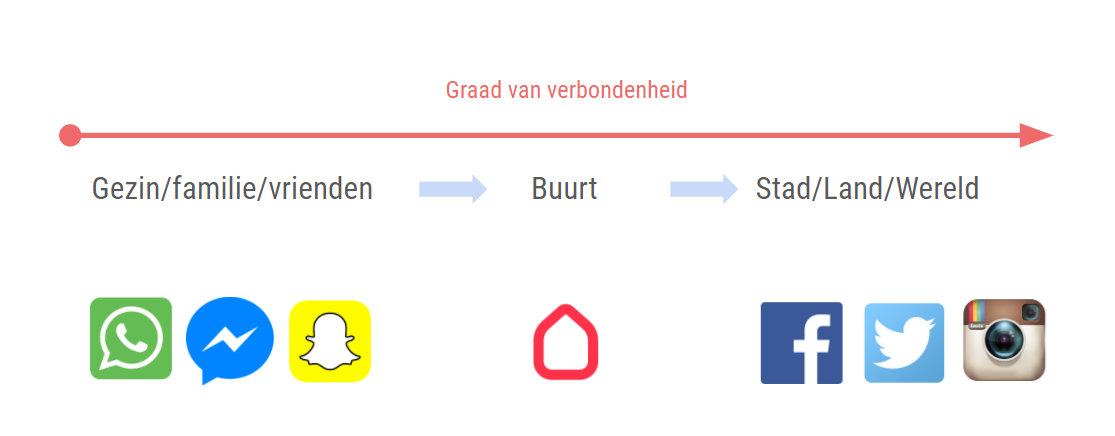Hoplr 1A
Het sociale netwerk voor je buurt. Gebruikt door meer dan 75.000 huishoudens
€99,900
total amount raised in round
200%
- Backed by over 130 investors
Campaign Closed
Market positioning
We believe in the power of a strong local brand and logo. Hoplr (pronounced ‘Hopler’) is short, modern, sounds gentle, is memorable and can be internationalised perfectly. The abstract logo has the shape of a house.
The name Hoplr originates from the term ‘city hopping’. Hoplr can also refer to a ‘hop’ (a link or junction) in a network. The neighbourhoods (‘hops’) then form the Hoplr neighbourhood network.
Hoplr is very easily accessible to every citizen. Nevertheless, we can already define different target groups:
- Young families with children.
- The over-50s and senior citizens, due to their preference for local anchoring.
- Engaged citizens, because they are already very active in association life.
- Newcomers to a neighbourhood.
The name Hoplr originates from the term ‘city hopping’. Hoplr can also refer to a ‘hop’ (a link or junction) in a network. The neighbourhoods (‘hops’) then form the Hoplr neighbourhood network.
Hoplr is very easily accessible to every citizen. Nevertheless, we can already define different target groups:
- Young families with children.
- The over-50s and senior citizens, due to their preference for local anchoring.
- Engaged citizens, because they are already very active in association life.
- Newcomers to a neighbourhood.
Market trends
Following the online globalisation wave, attention is now increasingly returning to our immediate environment. Hoplr creates a digital but nevertheless local narrative.
Growing numbers of local authorities are also working for neighbourhood effects (social cohesion), neighbourhood care, specific neighbourhood communications and public participation.
‘One way in which some urban administrations are trying to close the gap with citizens is via Hoplr, a social network site for districts and neighbourhoods.’
— DeRedactie
Competition
We always position Hoplr between the established social apps, in accordance with their cohesion grade. The local neighbourhood platform Hoplr is positioned right in the centre. You communicate with people whose telephone numbers or e-mail addresses you may not have to hand, but with whom you still share your street, district, neighbourhood or environment.

Unlike other neighbourhood groups or platforms, Hoplr is the first social network to create a direct link to local administrations, services and organisations for neighbourhood communications and local public participation.
